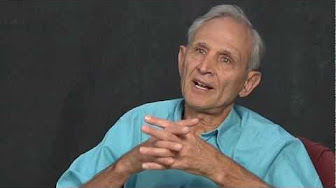Somatic Experiencing is a form of alternative therapy aimed at relieving the symptoms of post-traumatic stress disorder (PTSD) and other mental and physical trauma-related health problems by focusing on the client’s perceived body sensations (or somatic experiences).
Sessions are normally done in person, and involve a client tracking his or her own experience. SE connects sentient awareness with physical sense perception in the body which supports the release release of physical tension or charge held in the body in the aftermath of trauma. These energetic and physical contractions occur when survival responses (fight, flight, freeze or dissociation) of the autonomic nervous system are aroused, but are not fully discharged after the traumatic situation has passed.
Another element of SE therapy is “pendulation”: the movement between regulation and dysregulation. The client is helped to move to a state where he or she is dysregulated (i.e. is aroused or frozen, demonstrated by physical symptoms such as pain or numbness) and then iteratively helped to return to a state of regulation. The goal is to allow the client to resolve the physical and mental difficulties caused by the trauma, and thereby to be able to respond appropriately to everyday situations. Pendulation between any two positions opens the freedom of consciousness in that which is able to make the switch – thus releasing the sense of captivation in any particular state. Through pendulation, the parallel universe of the trauma (or the trauma tunnel) loses its absolute status over ‘reality’, as other options – including accompanying sense perceptions – are introduced.
“Resources” are defined as anything that helps the client’s autonomic nervous system return to a regulated, relaxed state. This might be the memory of someone close to them, a physical item that might ground them in the present moment, or other supportive elements that minimize distress.
In the period of arousal of traumatic effects, “discharge” is facilitated to allow the client’s body to return to a regulated state. Discharge may be in the form of tears, a warm sensation, the ability to breathe easily again, or any other physical responses which demonstrate the autonomic nervous system returning to its baseline.
Somatic experiencing is used for both shock trauma and developmental trauma. Shock trauma is loosely defined as a single-episode traumatic event such as a car accident, natural disaster such as an earthquake, battlefield incident, physical attack, etc. Developmental trauma refers to various kinds of psychological damage that occur during child development when a child has insufficient or detrimental attention from the primary caregivers.




